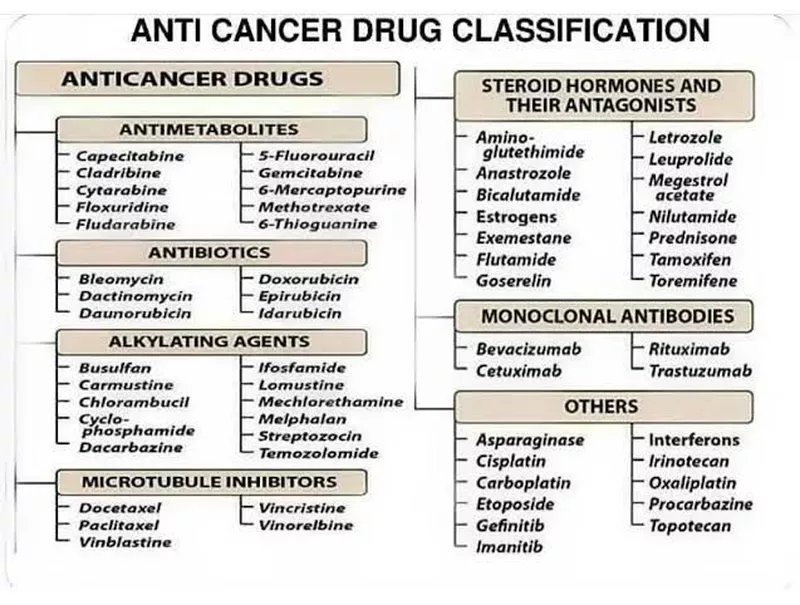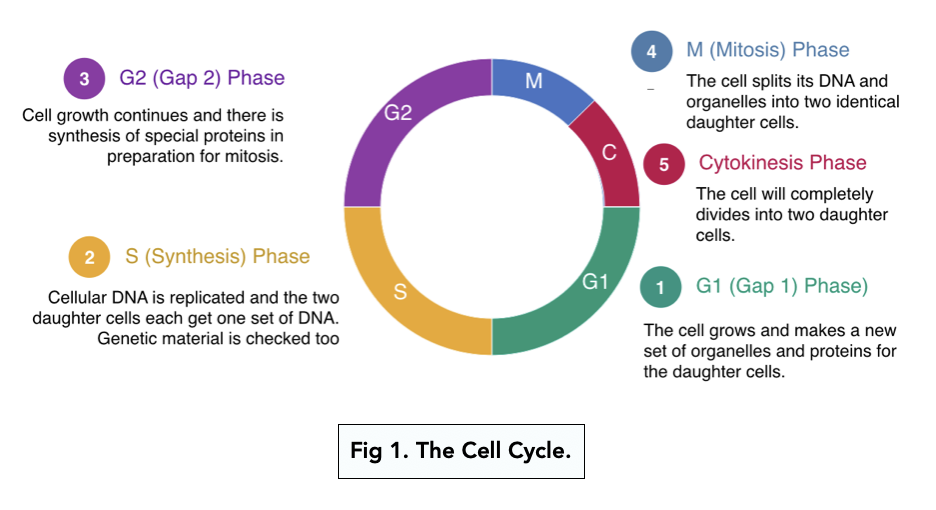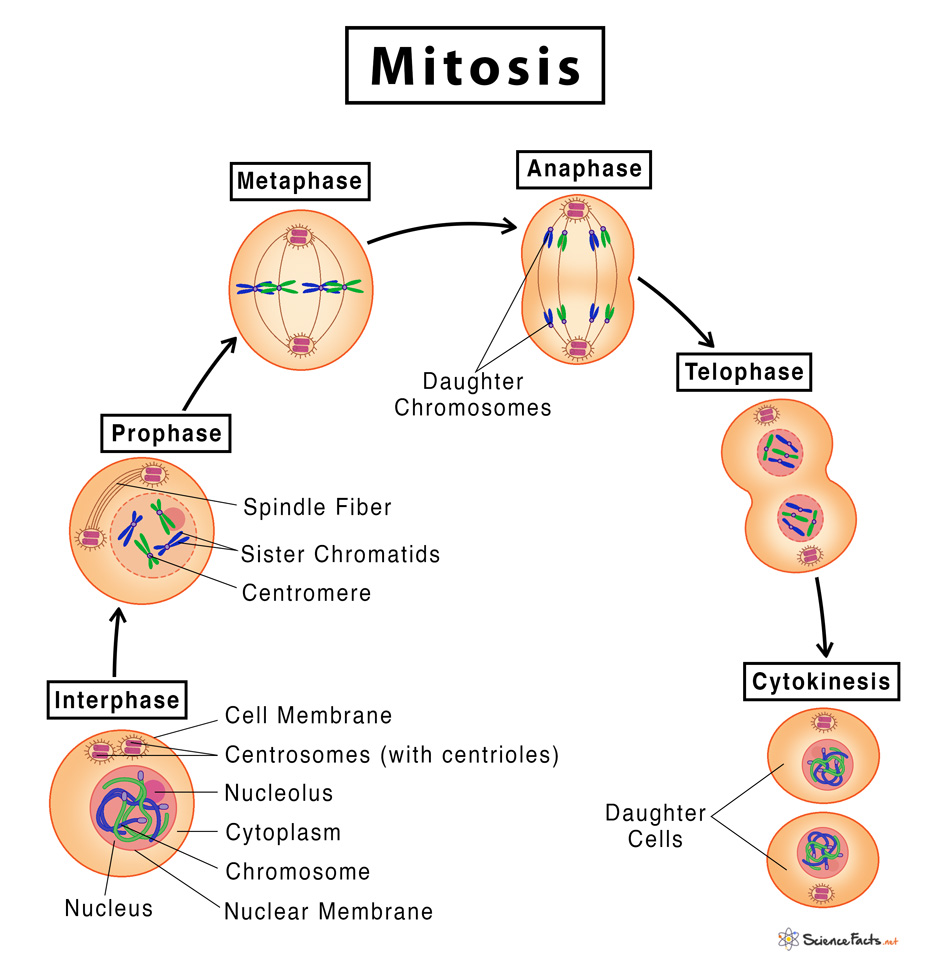Table of Contents
ToggleANTINEOPLASTIC AGENTS
Antineoplastic agents are a class of drugs designed to combat cancer by inhibiting the growth and proliferation of neoplastic cells (cancer cells). Also called Anticancer drugs.
The action of antineoplastic agents can be broadly categorized into two main mechanisms: affecting cell survival and enhancing the immune system’s ability to fight abnormal cells.
Common Terminology
- Alopecia: Hair loss, a common side effect due to the drug’s action on rapidly dividing cells.
- Angiogenesis: Formation of new blood vessels, which cancer cells induce to supply themselves with nutrients.
- Carcinoma: A type of cancer that starts in epithelial cells.
- Metastasis: The spread of cancer cells from the original site to other parts of the body.
- Neoplasm: An abnormal growth of tissue, which can be benign or malignant (cancerous).
- Sarcoma: A type of cancer that arises from connective tissues such as bone, muscle, and fat.
- Anaplasia: loss of organization and structure; property of cancer cells.
- Cancer: refers to a malignant neoplasm or new growth
Cancer can be divided into;
- Solid tumors
- Hematological
Solid Tumors; can further be differentiated into carcinomas, or tumors that originate in epithelial cells, and sarcomas, or tumors that originate in the mesenchyme and are made up of embryonic connective tissue cells.
Haematological Malignancies; involve blood forming organs of the body, the bone marrow, the lymphatic system. These malignancies alter the body’s ability to produce and regulate the cells found in the blood.

Classification of Antineoplastic Agents:
- Alkylating Agents: Interfere with DNA replication, most effective against slow-growing cancers.
- Antimetabolites: Resemble natural substances within the cell, disrupting DNA and RNA synthesis.
- Antineoplastic Antibiotics: Bind to DNA and prevent RNA synthesis, primarily affecting rapidly growing cells.
- Mitotic Inhibitors: Block cell division (mitosis), preventing the replication of cancer cells.
- Hormones and Hormone Modulators: Block or mimic hormones to inhibit the growth of hormone-sensitive tumors.
- Cancer Cell-Specific Agents: Target specific molecules involved in cancer cell growth and survival, minimizing damage to normal cells.
- Miscellaneous Antineoplastics: A diverse group with varying mechanisms of action, often used when other treatments are ineffective.

- Starts with G1 Phase: where the cell grows in size and releases enzymes for DNA replication. Cells may not progress hence remain at G0 phase.
- S Phase: Synthetic Phase: Where DNA replication occurs, cells make identical copies of their own chromosomes.
- G2 Phase: Check Point, When passed, they continue to grow and prepare themselves to divide.
- Mitosis Phase: where cell division occurs
- Prophase: Chromosomes appear condensed and the nuclear envelope breaks down.
- Metaphase: Where microtubules in the center align,
- Anaphase: Chromosomes are separated
- Telophase: 2 daughter cells formed
- Cytokinesis: Either they become dormant(Gap 0) , or continue to G1 phase to create another cell division.

Types of Antineoplastic Drugs
Alkylating Agents/DNA Replication Inhibitors
Alkylating agents work by adding an alkyl group to the DNA, thereby preventing the DNA strands from uncoiling and replicating. This is particularly effective in treating slow-growing cancers.
Indications:
- Lymphomas
- Leukemias
- Myelomas
- Ovarian, testicular, and breast cancers
- Pancreatic cancer
- Pulmonary carcinoma (lung cancer)
- Rheumatoid arthritis
Contraindications:
- Pregnancy and lactation (due to severe effects on the fetus and neonate)
- Bone marrow suppression
- Renal and hepatic dysfunction
Adverse Effects:
- Gastrointestinal (GI): Nausea, vomiting, diarrhea, mucous membrane deterioration
- Genitourinary (GU): Renal toxicity, increased uric acid levels
- Hematological: Bone marrow suppression, leading to anemia, thrombocytopenia, and leukopenia
- Alopecia
Examples of Alkylating Agents:
Drug | Indications | Dosage |
Cyclophosphamide (Cytoxan, Neosar) | Lymphomas, Leukemias, Myelomas, Breast cancer | Induction: 40–50 mg/kg per day IV over 2–5 days; Maintenance: 1–5 mg/kg per day Orally/IV |
Busulfan (Busulfex, Myleran) | Chronic myelogenous leukemia (CML), Lymphomas | Induction: 4–8 mg/d Orally; Maintenance: 1–3 mg/d Orally |
Chlorambucil (Leukeran) | Hodgkin’s disease, Non-Hodgkin’s lymphoma | 0.1–0.2 mg/kg per day Orally for 3–6 weeks; Maintenance: 0.03–0.1 mg/kg per day Orally |
Antimetabolites
Antimetabolites mimic natural substances within the cell, interfering with DNA and RNA synthesis. These drugs are most effective against rapidly proliferating cells.
Indications:
- Leukemias
- Gastrointestinal cancers
- Breast, stomach, pancreas, and colon cancer
Contraindications:
- Pregnancy and lactation
- Bone marrow suppression
- Renal and hepatic dysfunction
- GI ulceration
Adverse Effects:
- CNS: Headache, drowsiness, dizziness
- Respiratory: Pulmonary toxicity, interstitial pneumonitis
- Hematological: Bone marrow suppression
- GI: Nausea, vomiting, diarrhea, hepatic toxicity
- GU: Renal toxicity
Examples of Antimetabolites:
Drug | Indications | Dosage |
Methotrexate (Rheumatrex, Trexall) | Leukemias, Rheumatoid arthritis | 15–30 mg Orally/IM depending on the disease being treated |
Fluorouracil (Adrucil, Carac) | Breast, stomach, colon cancer | 12 mg/kg per day IV on days 1–4, then 6 mg/kg IV on days 6, 8, 10, and 12 |
Antineoplastic Antibiotics
These drugs bind to DNA and inhibit RNA synthesis, primarily targeting rapidly dividing cells.
Indications:
- Testicular cancer
- Lymphomas
- Squamous cell carcinoma
- Choriocarcinoma
Contraindications:
- Pregnancy and lactation
- Bone marrow suppression
- Renal and hepatic dysfunction
- Pre-existing pulmonary or cardiac conditions
Adverse Effects:
- CNS: Headache, drowsiness, dizziness
- Respiratory: Pulmonary toxicity
- Hematological: Bone marrow suppression
- GI: Nausea, vomiting, hepatic toxicity
- GU: Renal toxicity
- Alopecia
Examples of Antineoplastic Antibiotics:
Drug | Indications | Dosage |
Bleomycin (Blenoxane) | Testicular cancer, Lymphoma | Test dose of 1-2 units given 2-4 hours before therapy; 0.25–0.5 units/kg IM, IV, or SC once/twice weekly |
Doxorubicin (Adriamycin, Doxil) | Breast cancer, Kaposi’s sarcoma | 60–75 mg/m2 as a single IV dose; repeat every 21 days |
Mitotic Inhibitors/Vinca Alkaloids
Mitotic inhibitors block cell division by inhibiting mitosis, specifically targeting the M phase of the cell cycle.
Indications:
- Leukemia
- Lymphomas (e.g., Hodgkin’s lymphoma)
- Kaposi’s sarcoma
- Testicular and breast cancer
Contraindications:
- Pregnancy and lactation
- Bone marrow suppression
- Renal and hepatic dysfunction
- GI ulceration
Adverse Effects:
- CNS: Headache, drowsiness, dizziness
- Hematological: Bone marrow suppression
- GI: Nausea, vomiting, mucous membrane deterioration
- GU: Renal toxicity
- Alopecia
- Neuropathy, stomatitis, constipation
Examples of Mitotic Inhibitors:
Drug | Indications | Dosage |
Vincristine (Oncovin, Vincasar) | Leukemia, Lymphoma | Adult: 1.4 mg/m2 IV at weekly intervals |
Vinblastine (Velban) | Hodgkin’s disease, Lymphoma | Adult: 3.7 mg/m2 IV once weekly; Pediatric: 2.5 mg/m2 IV once weekly |
Hormones and Hormone Modulators
Some cancers, particularly those involving the breast tissue, ovaries, uterus, prostate, and testes, are sensitive to estrogen stimulation. Estrogen-receptor sites on the tumor react with circulating estrogen, and this reaction stimulates the tumor cells to grow and divide
Hormones and hormone modulators block or interfere with these receptor sites to prevent growth of the cancer and cause cell death.
Some hormones are used to block the release of gonadotropic hormones in breast or prostate cancer if the tumors are responsive to gonadotropic hormones. Others may block androgen-receptor sites directly.
Indications:
- Breast cancer in postmenopausal women
- Prostate cancer
Contraindications and Cautions
- Known allergy to drug: Prevent hypersensitivity reactions
- Hypercalcemia: Contraindication to the use of toremifene because the drug can increase serum calcium
- Pregnancy and lactation: Severe effects on the fetus and neonate
- Bone marrow suppression: Index of re-dosing and dosing levels
- Renal and hepatic dysfunction: Interfere with drug metabolism and excretion
- Known GI ulceration or ulcerative diseases: Can be exacerbated by the effects of the drug.
Adverse Effects:
- Menopausal symptoms: Hot flashes, vaginal dryness, mood changes
- Hematological: Bone marrow suppression
- GI: Hepatic toxicity
- GU: Renal toxicity
- Hypercalcemia
Examples of Hormones and Hormone Modulators:
Drug | Indications | Dosage |
Tamoxifen (Nolvadex) | Breast cancer | 20–40 mg Orally per day |
Anastrozole (Arimidex) | Breast cancer in postmenopausal women | 1 mg Orally per day |
Cancer Cell-Specific Agents
These drugs would not have the devastating effects on healthy cells in the body and would be more effective against particular cancer cells. Three groups of drugs are available for cancer cell–specific actions: protein tyrosine kinase inhibitors, an epidermal growth factor inhibitor, and a proteasome inhibitor.
Therapeutic Action
- Protein tyrosine kinase inhibitors act on specific enzymes that are needed for protein building by specific tumor Blocking of these enzymes inhibits tumor cell growth and division. They do not
affect healthy human cells, so the patient does not experience
the numerous adverse effects associated with antineoplastic
chemotherapy. The protein tyrosine kinase inhibitors that are available include everolimus (Afinitor), gefitinib (Iressa), imatinib
(Gleevec), lapatinib (Tykerb), nilotinib (Tasigna), sorafenib
(Nexavar), sunitinib (Sutent), and temsirolimus (Torisel). - Epidermal growth factor inhibitors are drugs that act on epidermal growth factor receptors which are found in both normal and cancerous cells but are more abundant on rapidly
growing cells. Example is erlotinib (Tarceva), - Proteasome inhibitors are drugs indicated for inhibition of proteasome in human cells, a large protein complex that works to maintain cell homeostasis and protein production.
Without it, the cell loses homeostasis and dies. This drug was
shown to delay growth in selected tumors. Example is bortezomib (Velcade)
Indications
Cancer cell-specific agents are indicated for the following medical conditions:
- Imatinib, the first drug approved protein tyrosine kinase inhibitor, is given orally and is approved to treat chronic myelocytic leukemia (CML). It selectively inhibits the Bcr-Abl tyrosine kinase created by the Philadelphia chromosome abnormality in
- Bortezomib is used for the treatment of multiple myeloma in patients whose disease had progressed after two standard
Contraindications and Cautions
- Pregnancy: All drugs in this class is pregnancy category D.
- Women of childbearing age: Must be advised to use barrier contraceptives while taking these drugs.
- Lactation: Can enter breast milk and use is only justified if benefits outweigh the danger.
- Hepatic dysfunction: Increased risk of toxicity with imatinib.
- Nilotinib is contraindicated with patients who have
or who are at risk for prolonged QT intervals (hypokalemia,
hypomagnesia, or taking another drug that prolongs the QT
interval) because it prolongs the QT interval, and sudden
deaths could occur. - Known allergy to the drug: Prevent hypersensitivity
Adverse Effects
Use of cancer cell-specific agents may result to these adverse effects:
- Imatinib: GI upset, muscle cramps, heart failure, fluid retention, skin Severe adverse effects of traditional antineoplastic therapy (severe bone marrow depression, alopecia, severe GI effects) do not occur.
- Gefitinib: potentially severe interstitial lung disease and various eye symptoms
- Pazopanib: some bone marrow depression, diarrhea, hypertension, and liver impairment, change in hair color
- Lapatinib: diarrhea, liver impairment, altered heart function
- Erlotinib and bortezomib: cardiovascular events, pulmonary toxicity
- Bortezomib: peripheral neuropathy, liver and kidney impairment
Platinum analogues/ miscellaneous anti-neoplastics
The mechanism of action of this unrelated group of drugs is not entirely clear.
Examples of miscellaneous anti-neoplastics include
- Cisplatin: 20—70 mg/m2 IV
- Carboplatin: 360 mg/m2 IV
- Hydroxyurea: 20—80 mg/kg PO (it belongs to a class known as substituted ureas)
Indications
- Testicular cancer
- Ovarian cancer
- Bladder cancer
- Sickle cell crisis prevention for Contra indications, side effects are the same.
Nursing Considerations
Here are important nursing considerations when administering antineoplastic agents:
Nursing Assessment
These are the important things the nurse should include in conducting assessment, history taking, and examination:
- Assess for the mentioned cautions and contraindications (e.g. drug allergies, hepatorenal impairment, bone marrow suppression, pregnancy and lactation, etc.) to prevent any complications.
- Perform a thorough physical assessment (other medications taken, orientation and reflexes, vital signs, bowel sounds, etc.) to establish baseline data before drug therapy begins, to determine effectiveness of therapy, and to evaluate for occurrence of any adverse effects associated with drug therapy.
- Monitor result of laboratory tests such as CBC with differential to identify possible bone marrow suppression and toxic drug effects and establish appropriate dosing for the drug; and liver and renal function tests to determine need for possible dose adjustment and identify toxic drug effects.


Quizze questions